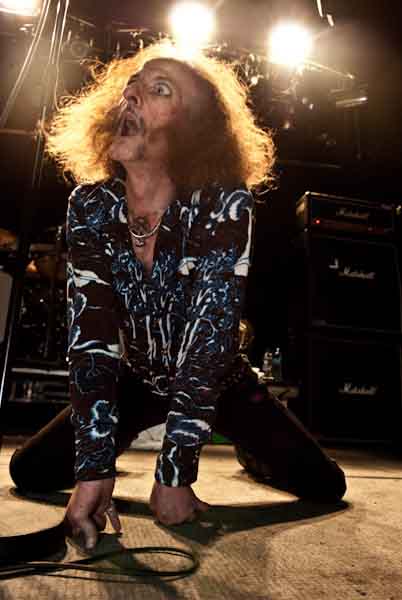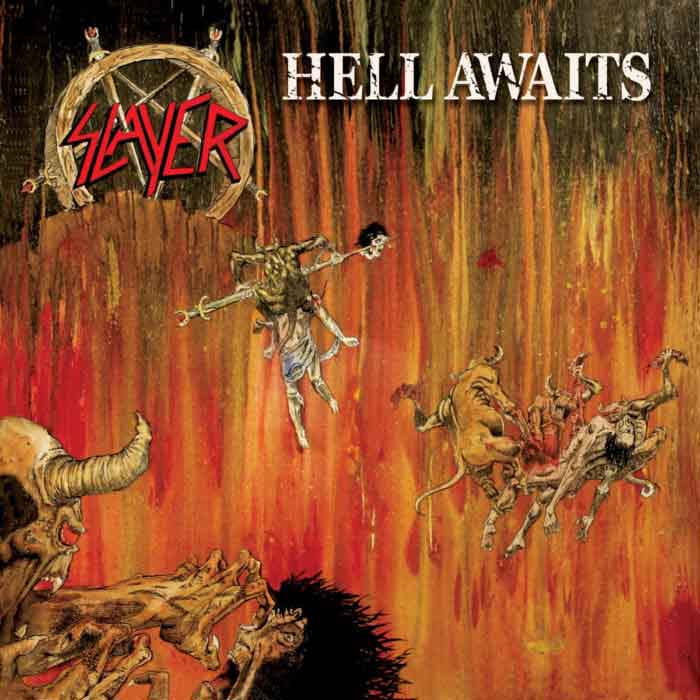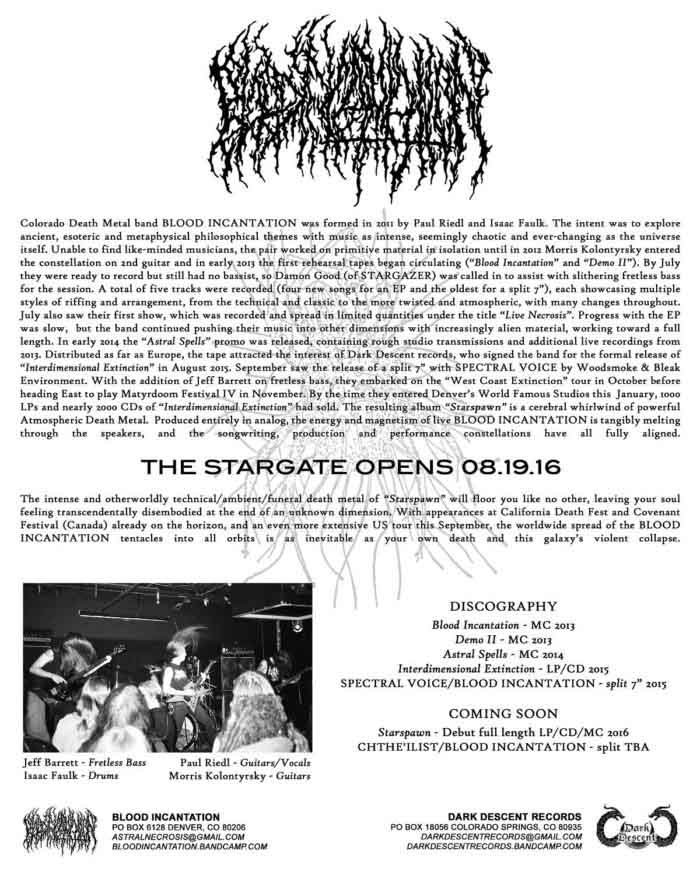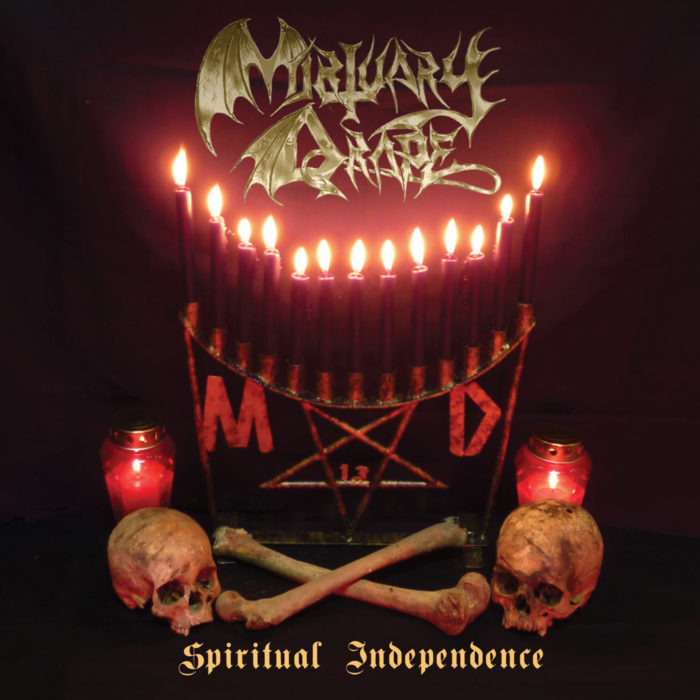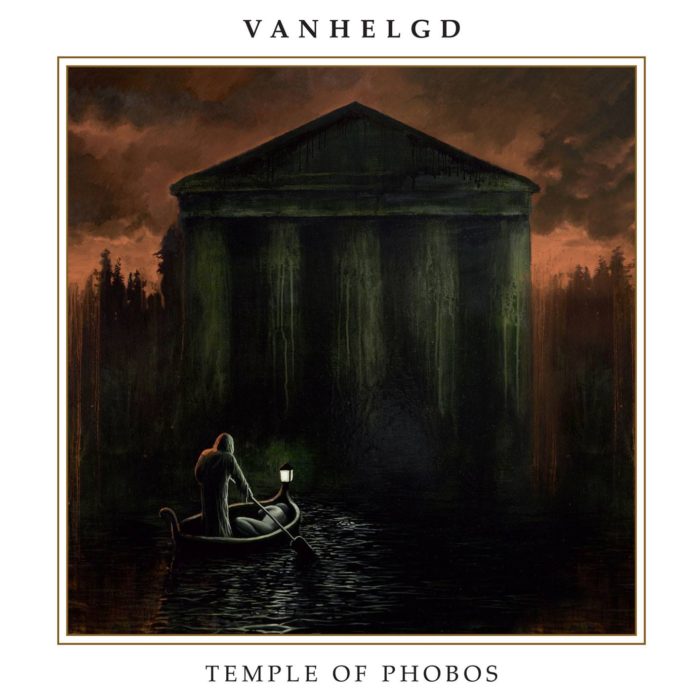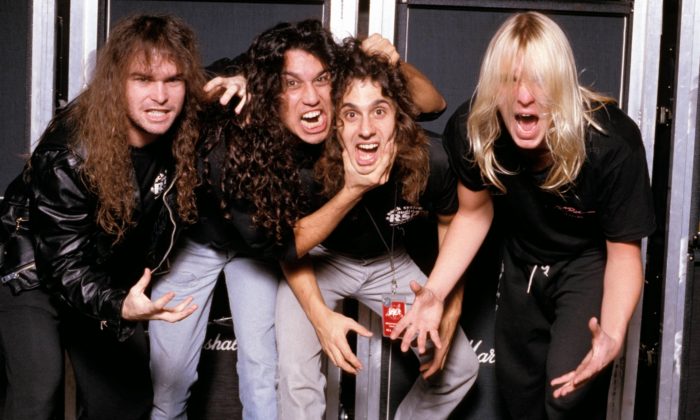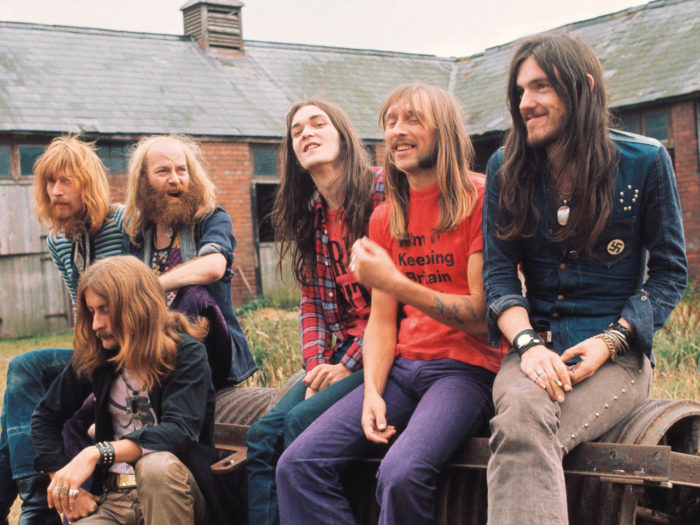
Article by Johan P.
The stylistically inclusive nature of progressive rock allows quite a lot of stretching of the genre’s musical boundaries. This part of Death Metal Underground’s 1970s Progressive Rock for Hessians series looks into the early, classic period of the English group Hawkwind – a group of sonic shaman-warriors who transgressed more than one genre border right from their inception. Well, almost. Their unconvincing 1970 self-titled debut album can rightfully be dismissed as a failed attempt at improvisational psychedelic folk rock, with songs that sound too much like flawed byproducts of the flower power era. Luckily, the following years saw the band re-forge their sound on In Search of Space (1971), articulate it on Doremi Fasol Latido (1972) and finally push their newfound style to its limits on Space Ritual (1973).
(more…)
7 CommentsTags: 1970s, 1970s Progressive Rock for Hessians, Ambient, ambient music, electronic music, hard rock, Hawkwind, lemmy, lemmy kilmister, music analysis, musical analysis, prog rock, progressive, progressive rock, psychedelic, rock, space rock

